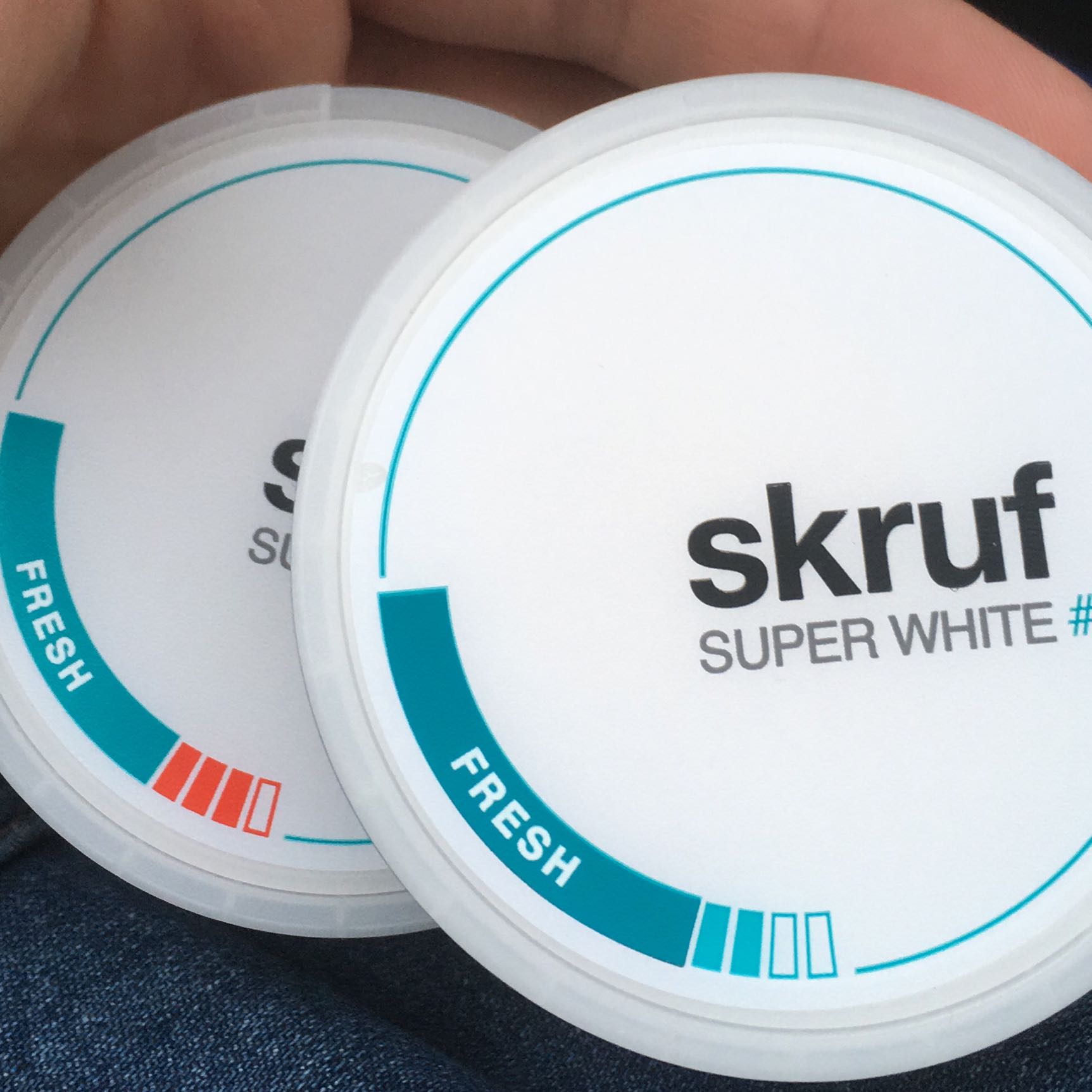
 There is evidence that youth may be sensitive to nicotine and that teens can feel dependent on nicotine sooner than adults. Young people may be more likely to use tobacco products if a parent uses these products. High school athletes are more likely to use smokeless tobacco than those of the same age who are not athletes. Youth are more likely to use tobacco products if they see people their age using these products. The way mass media show tobacco product use as a normal activity can make young people want to try these products. Social and physical environments 2,10,11. 8įactors associated with youth tobacco product use include the following: Sales of nicotine pouches have increased rapidly in the U.S. Nicotine pouches are microfiber pouches with flavored nicotine powder that users dissolve in the mouth without spitting. In 2022, less than 1 of every 100 middle school students (0.5%) and about 1 of every 100 high school students (1.4%) reported using nicotine pouches in the past 30 days. Heated tobacco products, also known as “heat-not-burn” products, deliver nicotine to the user by heating tobacco leaves rather than a nicotine-containing liquid like e-cigarettes. In 2022, less than 1 of every 100 middle school students (0.7%) and about 1 of every 100 high school students (1.1%) reported using heated tobacco products in the past 30 days. In 2022, about 1 of every 100 high school students (1.5%) reported that they had smoked hookah in the past 30 days. In 2022, less than 1 of every 100 middle school students (0.5%) reported that they had smoked hookah in the past 30 days. In 2022, nearly 2 of every 100 high school students (1.6%) reported that they had had used smokeless tobacco in the past 30 days. In 2022, nearly 1 of every 100 middle school students (0.7%) reported that they had had used smokeless tobacco in the past 30 days. In 2022, nearly 3 of every 100 high school students (2.8%) reported that they had smoked cigars in the past 30 days. In 2022, nearly 1 of every 100 middle school students (0.6%) reported that they had smoked cigars in the past 30 days. In 2022, nearly 2 of every 100 high school students (2.0%) reported that they had smoked cigarettes in the past 30 days. In 2022, about 1 of every 100 middle school students (1.0%) reported that they had smoked cigarettes in the past 30 days. In 2022, about 1 of every 7 high school students (14.1%) reported that they had used electronic cigarettes in the past 30 days. In 2022, about 1 out of every 30 middle school students (3.3%) reported that they had used electronic cigarettes in the past 30 days. E-cigarettes have been the most commonly used tobacco product among youth since 2014. A month ago I had never heard of it, so wanted to try it, as a novelty, but most likely won't buy it again. And the amount of Chew and small size of the can makes it not a good value for me.
There is evidence that youth may be sensitive to nicotine and that teens can feel dependent on nicotine sooner than adults. Young people may be more likely to use tobacco products if a parent uses these products. High school athletes are more likely to use smokeless tobacco than those of the same age who are not athletes. Youth are more likely to use tobacco products if they see people their age using these products. The way mass media show tobacco product use as a normal activity can make young people want to try these products. Social and physical environments 2,10,11. 8įactors associated with youth tobacco product use include the following: Sales of nicotine pouches have increased rapidly in the U.S. Nicotine pouches are microfiber pouches with flavored nicotine powder that users dissolve in the mouth without spitting. In 2022, less than 1 of every 100 middle school students (0.5%) and about 1 of every 100 high school students (1.4%) reported using nicotine pouches in the past 30 days. Heated tobacco products, also known as “heat-not-burn” products, deliver nicotine to the user by heating tobacco leaves rather than a nicotine-containing liquid like e-cigarettes. In 2022, less than 1 of every 100 middle school students (0.7%) and about 1 of every 100 high school students (1.1%) reported using heated tobacco products in the past 30 days. In 2022, about 1 of every 100 high school students (1.5%) reported that they had smoked hookah in the past 30 days. In 2022, less than 1 of every 100 middle school students (0.5%) reported that they had smoked hookah in the past 30 days. In 2022, nearly 2 of every 100 high school students (1.6%) reported that they had had used smokeless tobacco in the past 30 days. In 2022, nearly 1 of every 100 middle school students (0.7%) reported that they had had used smokeless tobacco in the past 30 days. In 2022, nearly 3 of every 100 high school students (2.8%) reported that they had smoked cigars in the past 30 days. In 2022, nearly 1 of every 100 middle school students (0.6%) reported that they had smoked cigars in the past 30 days. In 2022, nearly 2 of every 100 high school students (2.0%) reported that they had smoked cigarettes in the past 30 days. In 2022, about 1 of every 100 middle school students (1.0%) reported that they had smoked cigarettes in the past 30 days. In 2022, about 1 of every 7 high school students (14.1%) reported that they had used electronic cigarettes in the past 30 days. In 2022, about 1 out of every 30 middle school students (3.3%) reported that they had used electronic cigarettes in the past 30 days. E-cigarettes have been the most commonly used tobacco product among youth since 2014. A month ago I had never heard of it, so wanted to try it, as a novelty, but most likely won't buy it again. And the amount of Chew and small size of the can makes it not a good value for me. 
I thought it might be great for travel as I get drowsy in the afternoons while driving, but I got no caffeine wakeup jolt. I have chewed whole coffee beans in the past. I didn't mind "chewing" the ground up coffee beans, no more than getting dregs in a cup of liquid coffee. There is NO tobacco in it, so it is safe, even for children. I just put a wad in my mouth, sucked the flavor our, then chewed the coffee grounds. I have never dipped snuff so did not put it between my lower lip and gum to slowly dissolve. I drink my coffee black but I have had flavored coffee in the past, hence the Chew being okay. It tastes pretty okay, like high sugar flavored coffee. It did not give me a caffeine jolt as I expected.

$5.99 for a small tin of the Coffee Chew is not a good value in my opinion.







 0 kommentar(er)
0 kommentar(er)
